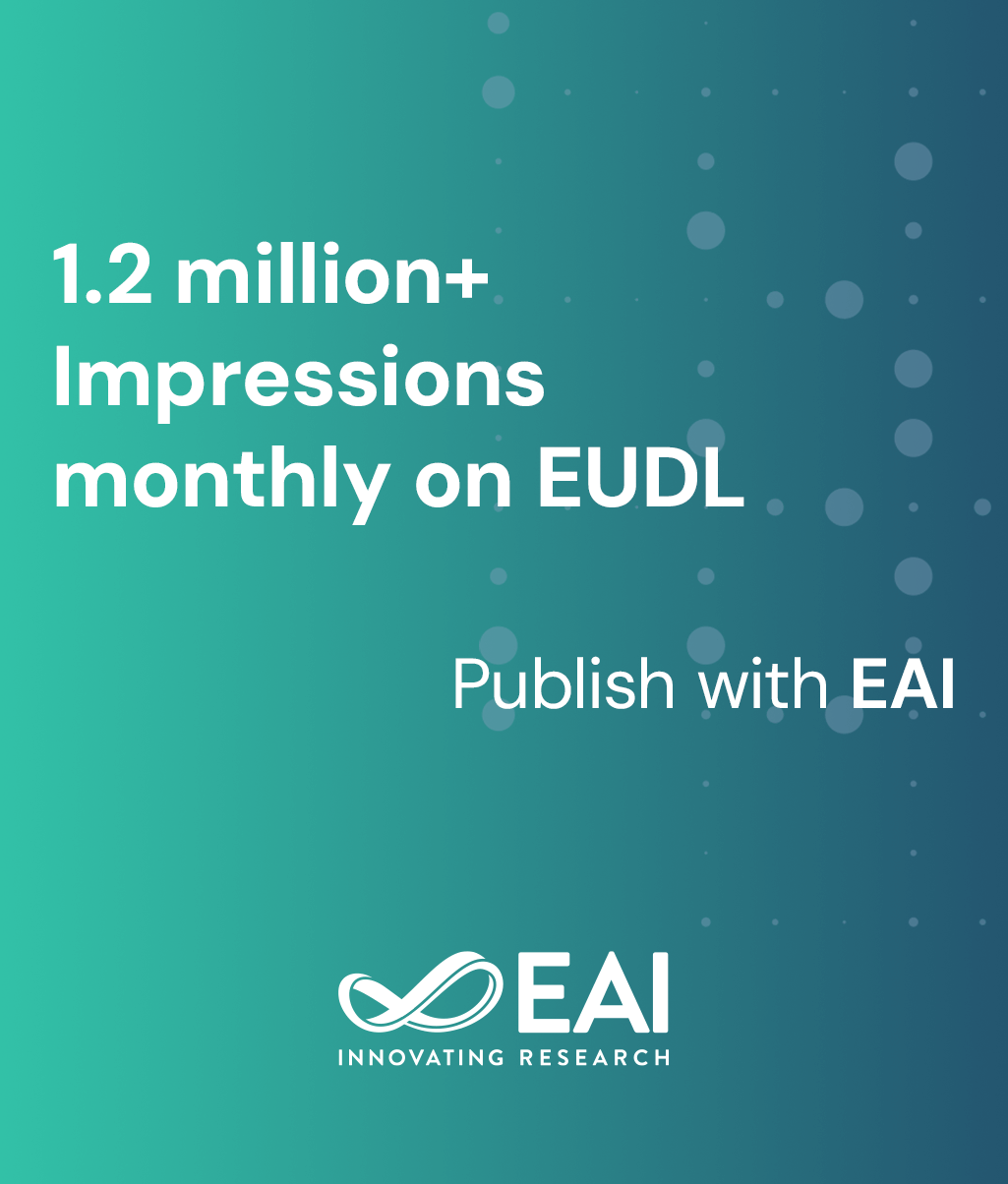
Research Article
The utility of perceptive communication between distant wireless nodes
@INPROCEEDINGS{10.1109/TRIDNT.2006.1649134, author={Kimaya Sanzgiri and Ian D. Chakeres and Elizabeth M. Belding-Royer}, title={The utility of perceptive communication between distant wireless nodes}, proceedings={2nd International IEEE/Create-Net Conference on Testbeds and Research Infrastructures for the Development of Networks and Communities}, publisher={IEEE}, proceedings_a={TRIDENTCOM}, year={2006}, month={7}, keywords={}, doi={10.1109/TRIDNT.2006.1649134} }- Kimaya Sanzgiri
Ian D. Chakeres
Elizabeth M. Belding-Royer
Year: 2006
The utility of perceptive communication between distant wireless nodes
TRIDENTCOM
IEEE
DOI: 10.1109/TRIDNT.2006.1649134
Abstract
CSMA-based MAC protocols require wireless nodes to share the transmission medium with other nodes that are within carrier-sensing (CS) range. Hence, operations that depend on and can potentially affect the state of the shared medium, such as admission control, require coordination and information sharing among these nodes. The CS range of wireless nodes is traditionally much larger than the reception range. Nodes that are outside reception range but within CS range can sense packet transmissions; however, they are unable to decode the packet contents. Direct messaging between these nodes is therefore not feasible for information sharing. In this paper, we describe two perceptive approaches for communication with nodes within CS range. Our approaches exploit the ability of a node to detect a change in the strength of the carrier signal when a transmission is in progress. Information is encoded in, and inferred from, perceptible transmission characteristics, such as the duration of a transmission or the silence between adjacent transmissions. This paper evaluates the feasibility and effectiveness of our perceptive communication mechanisms on a hardware testbed. We implement a prototype of our solution on the Mica2 mote platform and test it in different network scenarios. Our results demonstrate that the durations of transmissions and silences can be correctly detected within a small margin of error in most situations, thus verifying the utility of our approach.


